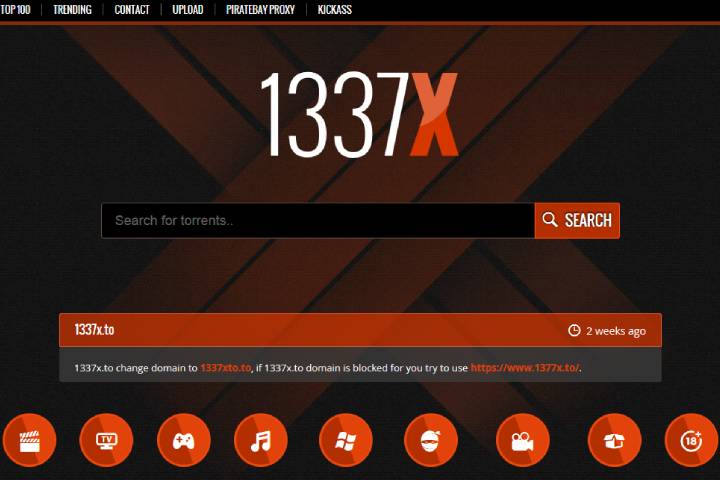Insurance
Why It Is Not a Good Idea to Surrender Your Term Insurance Policy?
Term insurance is one of the best ways to secure your family’s financial future in the event of your death. One of the most effective ways to do this is by investing in a term insurance policy.

When it comes to financial planning, securing the future of your loved ones is paramount. One of the most effective ways to do this is by investing in a term insurance policy. However, there may come a time when you find yourself in a tight spot, facing financial difficulties, and contemplating surrendering your term insurance policy. At the same time, it might seem like a quick solution, but surrendering your policy is generally not a wise move. Let’s understand why.
Table of Contents
A. Six Reasons Why Surrendering Term Plan Is a Bad Idea
Here are the detailed explanations of each reason.
1. Loss of Life Cover
The primary purpose of buying a term insurance policy is to provide financial protection to your family in case of your death. By surrendering your policy, you lose this vital cover and expose your family to the risk of financial hardship in your absence. Even if you have no liabilities or dependents at present, you may have them in the future.
For example, you may get married, have children, take a loan, or start a business. In such scenarios, having a term insurance policy can ensure that your family does not face any financial burden if something happens to you.
2. Higher Premiums for Buying a New Policy
If you surrender your term insurance policy and want to buy a new one later, you might have to pay higher premiums. This is because the premium amount depends on factors such as age, health, lifestyle, and medical history.
As you age, these factors may change and increase your risk profile. For example, one may develop some health issues, start smoking, or gain weight. These factors can make you ineligible for some policies or increase the premium rates for others. Therefore, retaining your existing term insurance policy and paying the premiums regularly is advisable.
3. Loss of Tax Benefits
One of the perks of investing in a term insurance policy is that you can avail of tax deductions on the premium payments under Section 80C of the Income Tax Act, 1961. The maximum ceiling on the deduction that you can claim is Rs. 1.5 lakhs per annum. By surrendering your policy, you lose term insurance tax benefits and have to pay more taxes on your income. Moreover, buying a new policy later may not get the same tax benefits as before.

4. Loss of Maturity Benefit (If Applicable)
Some term insurance policies offer a maturity benefit or return of premium option. This means that if you survive the policy term, you get back all or some of the premiums you have paid. This feature can make your term insurance policy more attractive and cost-effective. However, if you surrender your policy before the maturity date, you lose this benefit and forfeit all the premiums that you have paid.
5. Inadequate Alternative Investments
Some consider surrendering their term insurance policy to free up funds for alternative investments. While this may seem tempting, it is essential to evaluate whether the potential returns from these investments can genuinely replace the benefits of your insurance policy.
Most term plans offer substantial coverage at relatively low premiums. Surrendering your policy to invest in traditional instruments like Fixed Deposits or Mutual Funds might not provide the same level of financial protection. Moreover, investments carry inherent risks, and there is no guarantee that they will yield higher returns or be as secure as your insurance policy.
6. Missed Opportunity for Riders
Term insurance policies often offer riders or add-ons that can enhance your coverage. These riders, such as critical illness, accidental death, or waiver of premium, provide additional protection against specific risks.
When you surrender your term insurance policy, you forfeit the opportunity to avail yourself of these valuable riders. These riders can be instrumental in safeguarding your family’s financial well-being in case of unforeseen events, making it unwise to surrender your policy.
B. Conclusion
Term insurance is not just a financial product; it’s a safety net for your loved ones. A good term insurance plan is an amalgamation of affordable premiums, adequate coverage, suitable policy duration, and optional riders that cater to your specific needs.
Term insurance is one of the best ways to secure your family’s financial future in case of your death. Therefore, it is not advisable to surrender your term insurance policy unless there is a compelling reason to do so. Instead, you should continue paying the premiums and enjoy the benefits of your policy till the end of the term, so that you can enjoy peace of mind, secure in the knowledge that your loved ones will remain financially safeguarded in your absence.
Business
Top 10 Risks Faced by Plant Machinery Owners and How Insurance Can Mitigate Them
We will explore the top 10 risks faced by plant machinery owners and delve into how insurance plays a crucial role in mitigating these challenges.

Plant machinery owners operate in a dynamic and demanding environment where risks are inherent. These risks, if not managed effectively, can lead to significant financial losses, operational disruptions, and safety concerns. In this article, we will explore the top 10 risks faced by plant machinery owners and delve into how insurance plays a crucial role in mitigating these challenges.
Table of Contents
1. Equipment breakdowns:
Plant machinery is susceptible to breakdowns due to various factors such as wear and tear, electrical issues, or mechanical failures. Plant insurance coverage can provide financial protection by covering the costs of repairs or replacements, minimizing downtime.
2. Property Damage:
Natural disasters, accidents, or unforeseen events can cause property damage to machinery and facilities. Insurance policies tailored for plant machinery owners can offer coverage for property damage, facilitating swift recovery without crippling financial setbacks.
3. Business Interruption:
Downtime resulting from equipment failures, accidents, or other disruptions can lead to substantial revenue losses. Business interruption insurance helps plant owners recover lost income during periods of halted operations.
4. Employee Injuries:
The heavy machinery environment poses risks to workers, making the likelihood of accidents and injuries higher. Workers’ compensation insurance is essential to cover medical expenses and lost wages, protecting both the employees and the business.

5. Regulatory Compliance:
Plant machinery owners must adhere to strict regulatory standards. Failure to comply can result in fines and legal consequences. Insurance policies can include coverage for legal expenses and fines associated with regulatory non-compliance.
6. Cybersecurity Threats:
As plant machinery becomes more interconnected, the risk of cyber threats increases. Insurance coverage against cyberattacks can help plant owners recover from data breaches, system disruptions, and potential financial losses.
7. Supply chain disruptions:
Global events, trade issues, or natural disasters can disrupt the supply chain, affecting the availability of critical components. Insurance can provide coverage for losses incurred due to supply chain interruptions, ensuring continuity of operations.
8. Environmental Liabilities:
Plant machinery owners may face environmental risks associated with emissions, waste disposal, or accidental spills. Environmental liability insurance helps cover the costs of cleanup, fines, and legal actions stemming from environmental incidents.
9. Market Fluctuations:
Economic uncertainties and market fluctuations can impact the demand for products and services. Insurance products like business interruption coverage can assist plant machinery owners in navigating financial challenges during periods of economic instability.
10. Employee Dishonesty and Theft:
Internal threats, such as theft or dishonest actions by employees, can lead to financial losses. Fidelity insurance can safeguard against losses resulting from fraudulent activities within the organization.
As a plant machinery owner, anticipating and mitigating risks is paramount. Insurance serves as a crucial tool in the risk management toolkit, providing financial protection, ensuring compliance, and promoting business continuity. By understanding and addressing these risks, plant machinery owners can safeguard their investments and cultivate a resilient and sustainable operation.
-

 Instagram4 years ago
Instagram4 years agoBuy IG likes and buy organic Instagram followers: where to buy them and how?
-

 Instagram4 years ago
Instagram4 years ago100% Genuine Instagram Followers & Likes with Guaranteed Tool
-

 Business5 years ago
Business5 years ago7 Must Have Digital Marketing Tools For Your Small Businesses
-

 Instagram4 years ago
Instagram4 years agoInstagram Followers And Likes – Online Social Media Platform
















